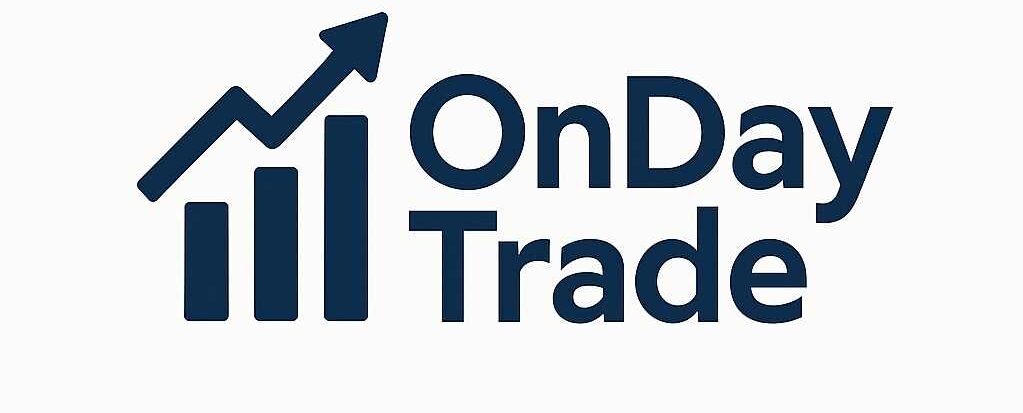And now we’re at the final part of our ETF series. This time it’s about those pesky taxes, but don’t worry: We’ll explain it to you briefly and clearly.
In these cases you have to pay taxes on your ETF:
- Your ETF has increased in value or
- You receive dividends or
- You sell ETF shares at a profit
This means that you have to pay taxes on everything you get out of your ETF (= capital gains).
And how much?
You pay 25% withholding tax and a 1.375% solidarity contribution—a total of 26.375% in taxes. If you’re a church member, you’ll also pay church tax.
However, there’s one positive feature with equity ETFs:
30% of your profit is tax-free. So, for example, if you make a profit of €1,000 by selling ETF shares, you only have to pay tax on 70% of the profit – just €700. This means you actually only pay 18.5% tax on your income. However, there’s also the tax-free allowance, currently €1,000 for singles and €2,000 for couples. Since the €700 is below that, you wouldn’t have to pay any taxes in this example. You only pay taxes on everything that exceeds the tax-free allowance.
Here is a fully calculated tax example:

Caution: The allowance doesn’t apply automatically.
You have to actively take care of it! It’s easy to do:
- Either you set up an exemption order for your portfolio of up to €1,000 – then you will not be taxed on profits, distributions and interest up to the amount of the exemption order.
- Or you can include the annual tax certificates for all your accounts and portfolios in your tax return—then you’ll be credited with the full €1,000. You should do this even if you haven’t configured your tax exemption orders optimally.
Attention: The base interest rate is now positive again. That’s why advance tax still exists.
Now you’re ready to venture into ETFs on your own. Just get started—you can’t go wrong if you stick to the ETFs we recommend . If in doubt, take things slowly at first, start with small amounts, and gradually you’ll become more confident in what you’re doing. And if you have any questions, you can always read back—save our ETF series to your watchlist, so you won’t have to search for it 😉
- Part 1: The basics explained
- Part 2: Who should invest in ETFs and why?
- Part 3: How and in which ETFs should you invest?
If you know someone who should read the basics of ETFs, please share this article or one of the other parts with them.

